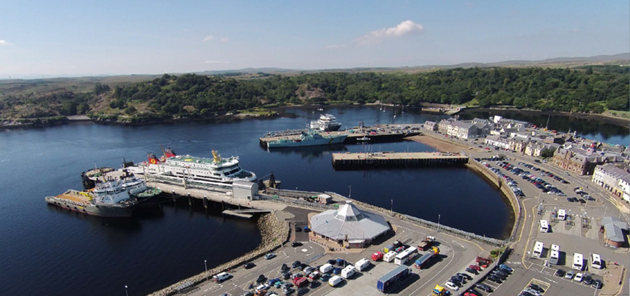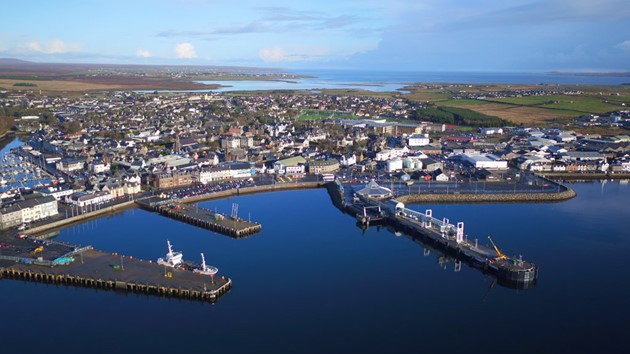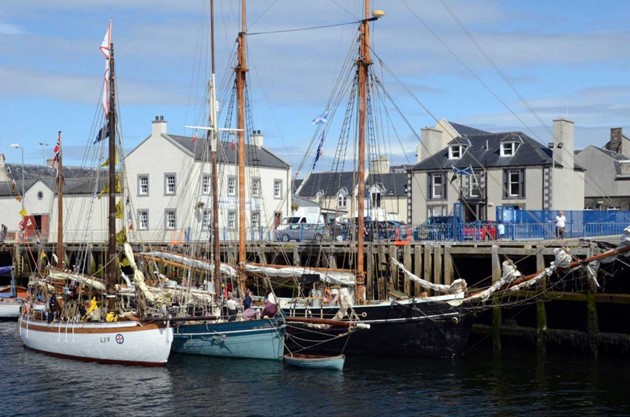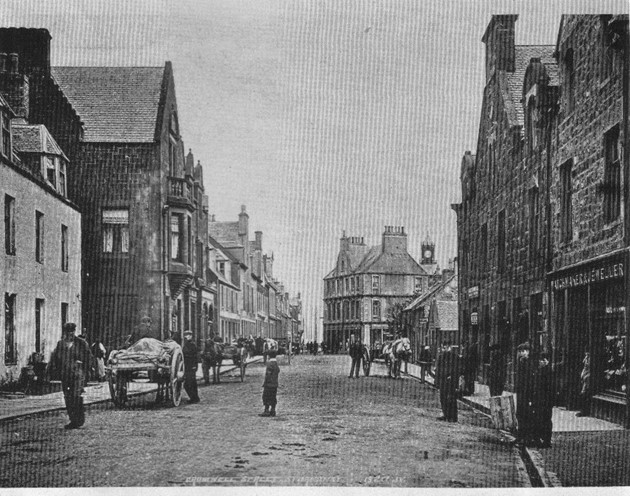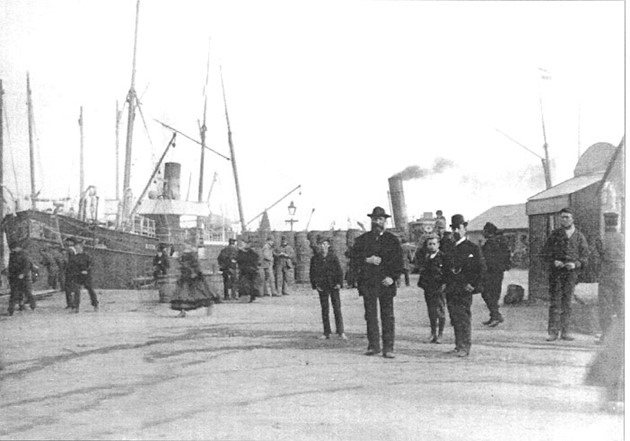1850 - 1900
1894 – The Old Fish Mart opened for business.
1881 – Construction of solid quays and three wharves, extension of a timber wharf (Pier No.1) and construction of a quay wall (Esplanade Quay) authorised. Rapid growth of the fishing industry.
1879 – Death of Sir James Matheson.
1865 – Formation of Stornoway Pier & Harbour Commission, now the Stornoway Port Authority, the oldest extant statuary body in the Western Isles.
1852 – Arnish Light came into being and soon became an important focal point for maritime travellers.
By 1850 Stornoway became a town of some commercial importance, based on its reputation as the best harbour on Scotland’s north-west coast.
1844 – The island of Lewis purchased by Sir James Matheson from the bankrupt estate of Seaforth Mackenzies.
